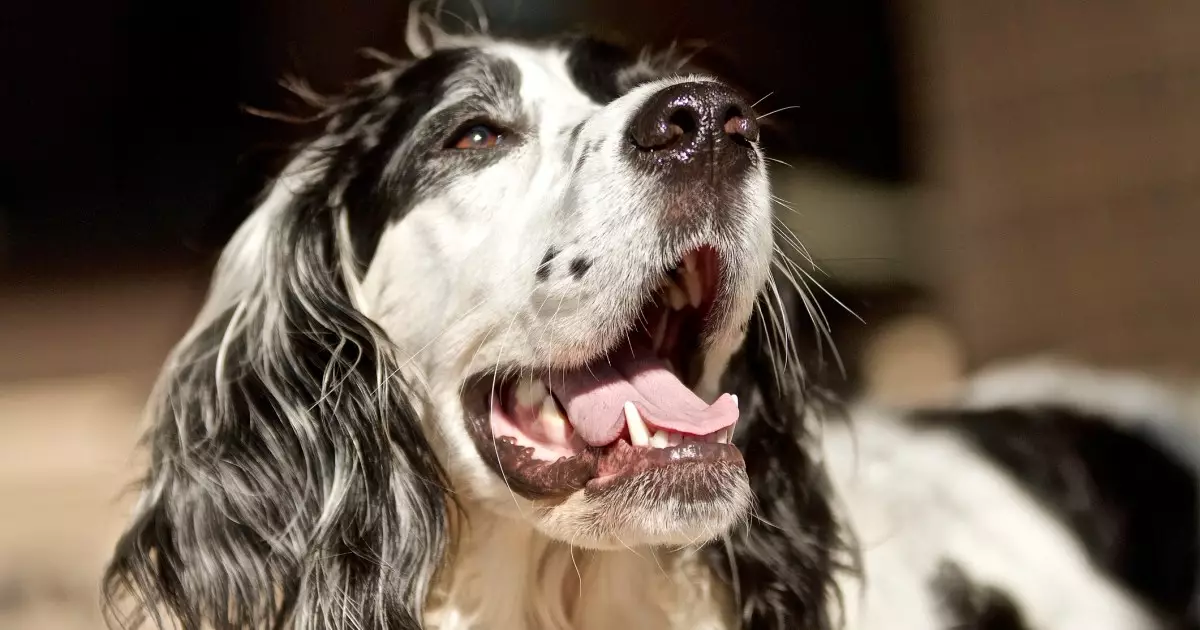The warm, slobbery affection of your dog is one of life’s simplest joys. However, if their enthusiastic kisses come with a side of unpleasant odor, you may find yourself reconsidering that intimacy. Bad breath, or halitosis, in dogs isn’t merely an olfactory nuisance; it may indicate underlying health issues. While it’s common for dogs to have less-than-pleasant breath, persistent foulness can signal something more serious. Here’s a closer look at the causes of bad breath in dogs and strategies to help manage it.
There are numerous reasons behind your canine companion’s bad breath, many of which can be traced to their oral health. Periodontal disease, a bacterial infection affecting the gums, is one of the primary culprits. Dogs are particularly susceptible to gum disease, often developing it at a much higher rate than humans. Factors like inadequate dental care—such as infrequent tooth brushing—can accelerate its onset.
Another common cause of stinky breath is diet. Dogs are notorious for their indiscriminate eating habits, which can include scavenging anything from garbage to animal remains. If your pet indulges in these unsavory delights, their breath is bound to suffer. Coprophagia, the behavior of eating feces, can also lead to offensive odors and poses additional health risks.
Additionally, bad breath might serve as a symptom of gastrointestinal problems. If your dog’s digestive system is struggling, the resulting toxins can manifest as poor breath. Serious conditions like liver and kidney diseases can also produce noxious scents—from fishy to urine-like odors. If your dog’s breath becomes particularly foul or changes dramatically, it is essential to consult with a veterinarian promptly for a thorough examination.
Preventing bad breath in dogs is a proactive endeavor. Establishing a dental care routine is critical. Ideally, dogs should have their teeth brushed at least twice a week—and ideally every day. Enlisting your vet’s help in teaching you proper brushing techniques can lead to a more successful outcome. Many pets initially resist tooth brushing, so starting slowly and making it a positive experience is key.
Aside from brushing, consider introducing dental chews or toys designed to help clean teeth. Although these can support oral health, they shouldn’t replace traditional brushing. Regular vet check-ups can also allow for early detection and treatment of oral health issues as well as other potential health complications.
Addressing your dog’s dietary choices can significantly enhance their overall health and weaponize your attempts against bad breath. Monitor what they consume during walks and in your backyard. Consider implementing commands to discourage scavenging behaviors. For dogs that have developed a habit of consuming feces, training and vigilance can mitigate the issue.
Additionally, for households with both dogs and cats, secure the litter box—ensuring it’s in an area only accessible to your feline friend. Preventative measures can save you from the ugly odor associated with dogs eating cat feces.
While many causes of bad breath in dogs stem from minor reasons that can be corrected with good hygiene practices, some may point to more severe health issues. As such, it is crucial to remain vigilant. If your dog’s breath exhibits a noticeably foul odor, accompanied by other symptoms like lethargy, vomiting, or appetite loss, seek veterinary assistance. Timely interventions can prevent the development of potentially severe health concerns.
Addressing your dog’s bad breath involves understanding its underlying causes and implementing proactive and preventive measures. Having a good daily oral care routine can dramatically improve your dog’s overall health and their ability to share slobbery kisses without the risk of offensive odors. Never underestimate the power of good dental hygiene; care for your furry friend today for a healthier tomorrow.

